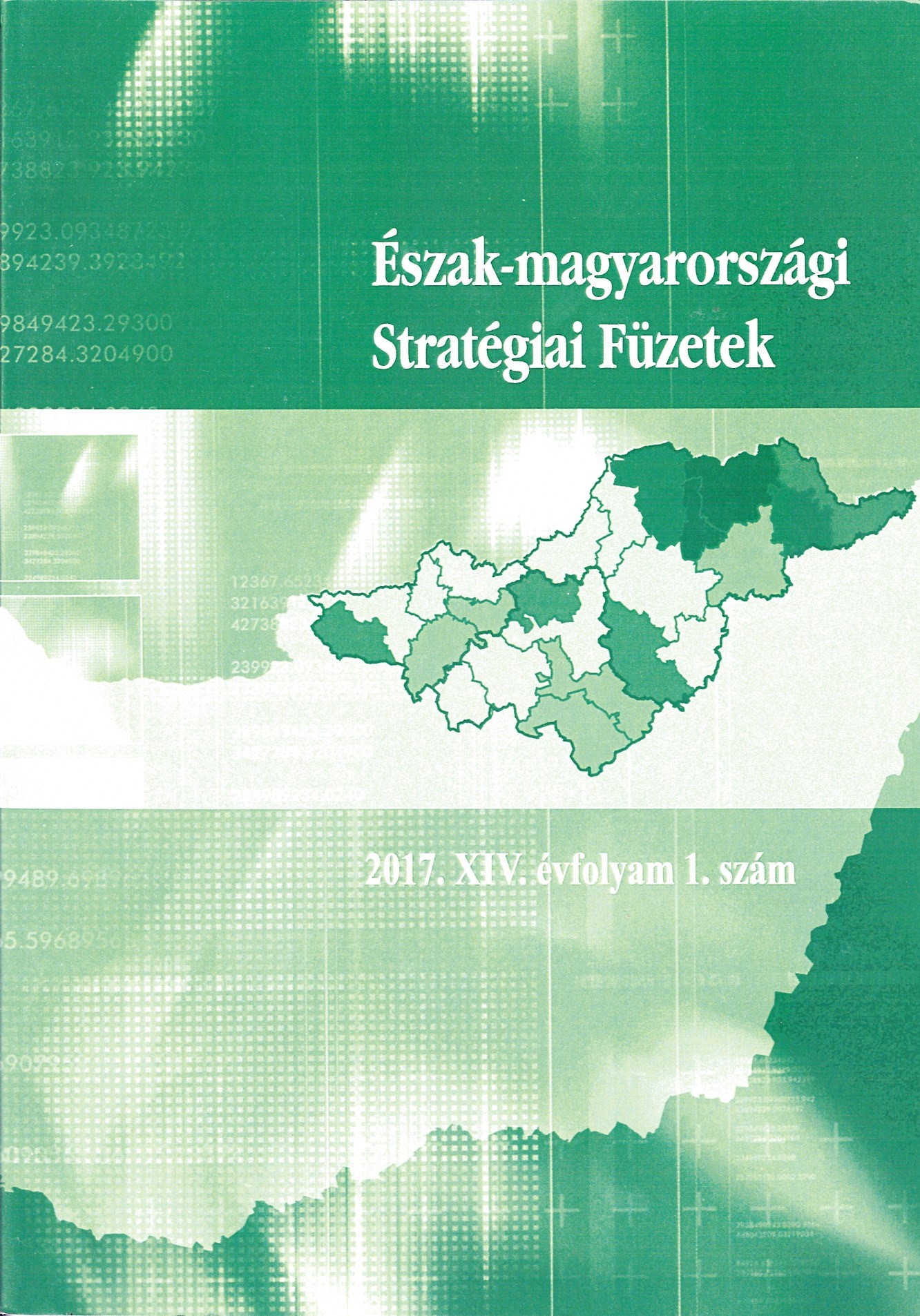The process of social innovation – Hungarian case studies of rural regions
Keywords:
social innovation process, why-how-what, rural development, LEADER programAbstract
Social innovation has been gaining more attention, not only in the scholarly literature and in public discourse but in rural development practice as well. Building on definitions of social innovation found in the literature, the study focus on the actual processes of social innovation in rural Hungary. The hypothesis behind the research was that a better understanding of how social innovation takes place in practice could increase its presence and efficiency in rural development. Four different cases of social innovation situated in rural Hungary were analysed. Our research shows that, despite common patterns, social innovation is highly dependent on its actual context and on the individual, who initiates and carries out the innovation. For the capitalisation and the long-term sustainability of an innovative development project the institutionalisation of social networks gathering around it seems to be another crucial factor. Thus, creating an appropriate frame to drive the process all the way from the innovative idea through product development to institutionalisation, possibly in the form of a social enterprise, can be considered an essential circumstance for successful social innovation.
References
BOCK, B.B. (2012): Social innovation and sustainability; how to disentangle the buzzword and its application in the fi eld of agriculture and rural development. Studies in Agricultural Economics 114 (2), 57-63. Elérhető: http://dx.doi.org/10.7896/j.1209 letöltés dátuma: 2016. 05. 09.
BODÓ, P. (2015): Magyar Telekom – Szívlapát Alapítvány – Szent István Egyetem ESSRG: Jövő/Menő program, in L. Radics, Üzleti és civil szervezetek együttműködése Magyarországon. Győr, Hungary: Publio Kiadó.
DARGAN, L. -SHUCKSMITH, M. (2008): LEADER and innovation. Sociologia Ruralis 48(3), 274-291. Elérhető:http://dx.doi.org/10.1111/j.1467-9523.2008.00463.x letöltés dátuma: 2015. 11. 19.
EISENHARDT, K.M. (1989): Building theories from case study research. Academy of Management Review 14(4), 532-550.
GARCIA, M.E. (2012). Local Networks and Socially Innovative Territories. The case of the Basque Region and Goierri County. PhD Thesis. Bilbao: Universidad de Deusto.
GIBSON-GRAHAM, J.K. and Roelvink, G. (2009): Social innovation for community economics, in F. Moulaert, D. MacCallum, J. Hillier and S. Vicari (eds), Social innovation and territorial development. Aldershot: Ashgate, 25-38.
G. FEKETE, É. (2015): Társadalmi innovációk a helyi foglalkoztatásban in K. Lipták (ed.), proceedings of ‘Balance and Challenges’, the 9th international scientific conference, Miskolc-Lillafüred, Hungary, 15-16 October 2015, 274-287.
HEINRICH, V.F. (2001): Assessing the Strengthening Civil Society Worldwide. A Project Description of the CIVICUS Civil Society Index: A Participatory Needs Assessment & Action-Planning Tool for Civil Society. CIVICUS Civil Society Index Paper Series 2(1).
KATONA-KOVÁCS, J., High, C. and Nemes, G. (2011): Importance of Animation Actions in the Operation of Hungarian Local Action Groups. European Countryside 3 (4), 227-240. Elérhető: http://dx.doi.org/10.2478/v10091-012-0006-7 letöltés dátuma: 2016. 02. 23.
LAWRENCE, T.B., Dover, G. and Gallagher, B. (2013): Managing Social Innovation. The Oxford Handbook of Innovation Management. Oxford: Oxford Handbooks Online.
LUKESH, R. (2007): The LAG-Handbook. A guide through the stunning world of local action groups. Brussel: Leader+ Observatory Contact Point.
MAXI-PEDIA (2015): IFE Matrix (Internal Factor Evaluation) [www document]. http://www.maxi-pedia.com/IFE+EFE+matrix+internal+factor+evaluation (accessed March 2016).
MOULAERT, F. and Nussbaumer, J. (2005): The social region: beyond the territorial dynamics of the learning region. European Urban and Regional Studies 12, 45-64. Elérhető: http://dx.doi.org/10.1177/0969776405048500 letöltés dátuma: 2016. 02. 23.
PHILLS, J.A., Deiglmeier, K. and Miller, D.T. (2008): Rediscovering social innovation. Stanford Social Innovation Review 6(4), 33-43.
POL, E. and Ville, S. (2009): Social innovation: buzz word or enduring term? The Journal of Socio-Economics 38, 878-885. Elérhető: http://dx.doi.org/10.1016/j.socec.2009.02.011 letöltés dátuma: 2016. 03. 09.
PUE, K., Vandergeest, C. and Breznitz, D. (2015): Toward a Theory of Social Innovation. Innovation Policy Lab White Paper No. 2016-01. Available at Social Science Research Network.
SINEK, S. (2009): How great leaders inspire action [www document]. Elérhető: http://www.ted.com/talks/simon_sinek_how_great_leaders_inspire_action.html letöltés dátuma: 2013. 06. 11.
SMITH, K. (2000): Innovation indicators and the knowledge economy: concepts, results and policy challenges. Paper presented at the Conference on Innovation and Enterprise Creation: statistics and indicators, Sophia Antipolis, France, 23-24 November 2000.
VARGA, E. (2009): Non-profit Organisations in Hungarian Rural Development – A LEADER+ Example in the Southern Transdanubian Region. European Countryside 1 (2), 93-104. Elérhető: http://dx.doi.org/10.2478/v10091/009-0008-2 letöltés dátuma: 2016. 03. 09.
WEF (2013): The Future Role of Civil Society. World Scenario Series. Cologny/Genève: World Economic Forum.
Downloads
Published
How to Cite
Issue
Section
License

This work is licensed under a Creative Commons Attribution-NonCommercial-NoDerivatives 4.0 International License.



